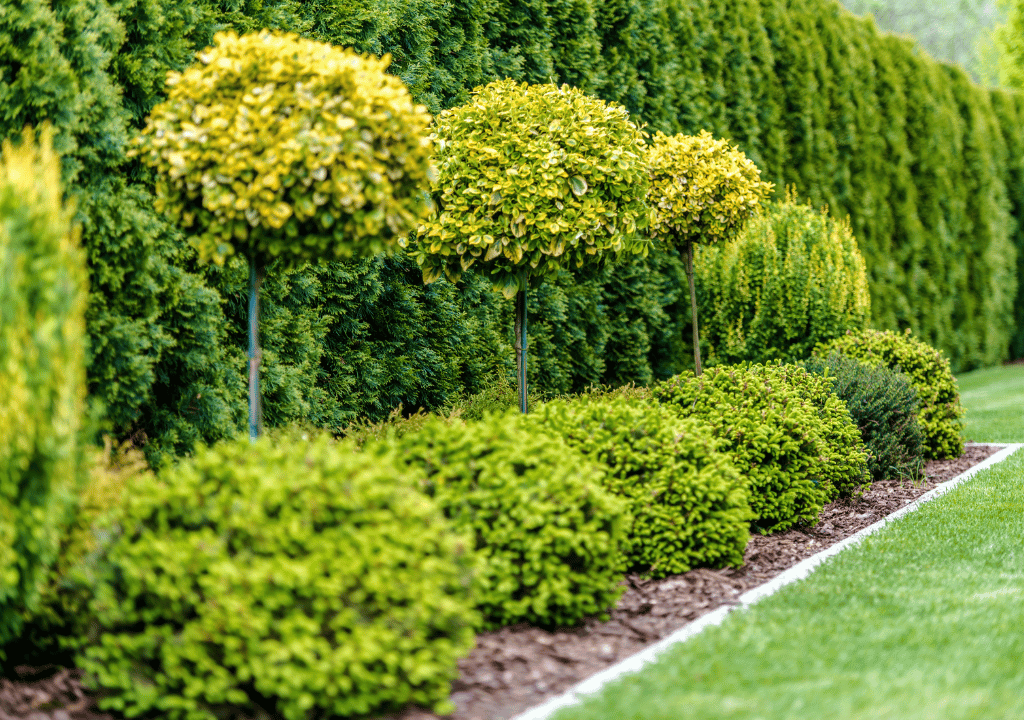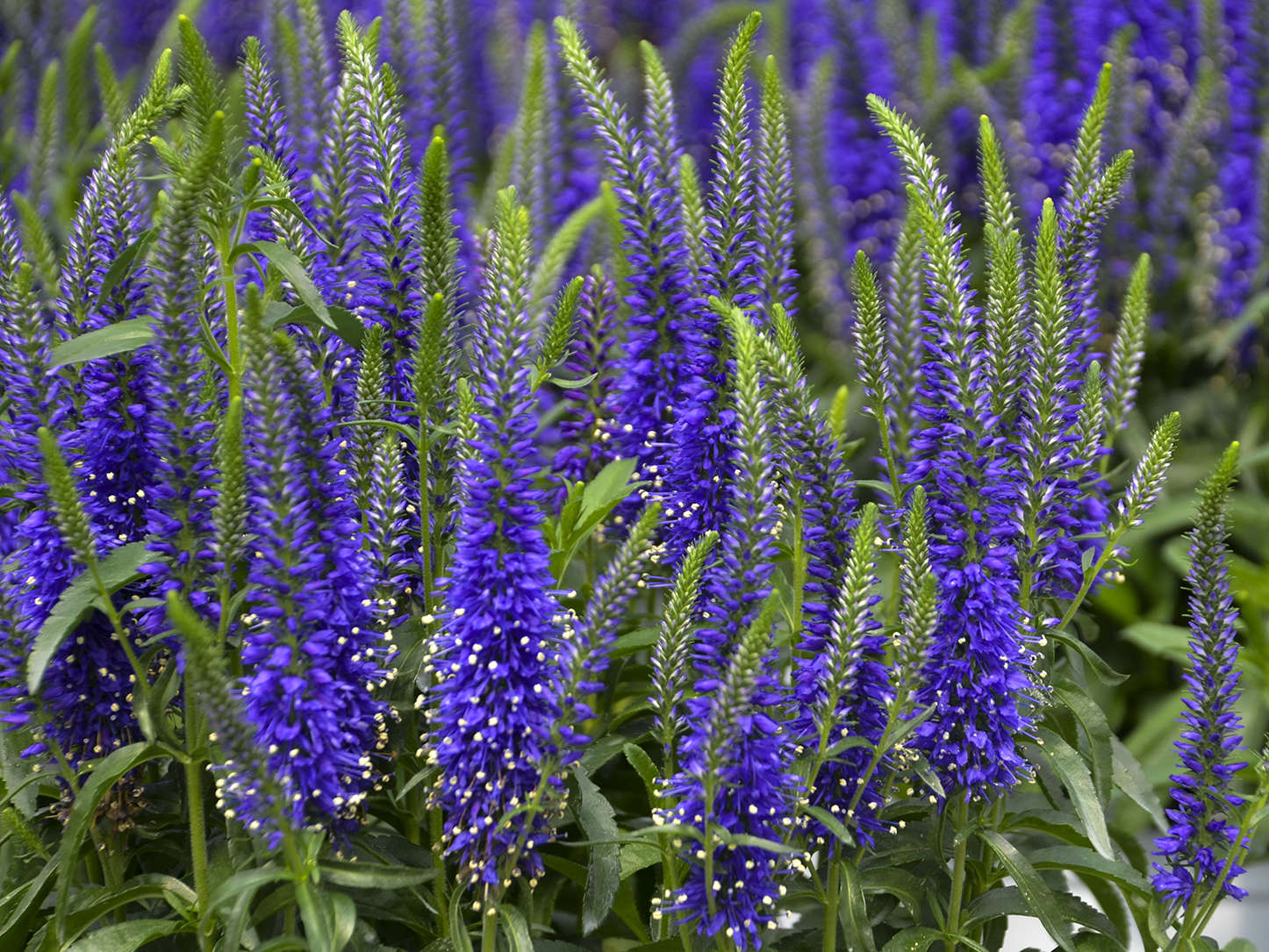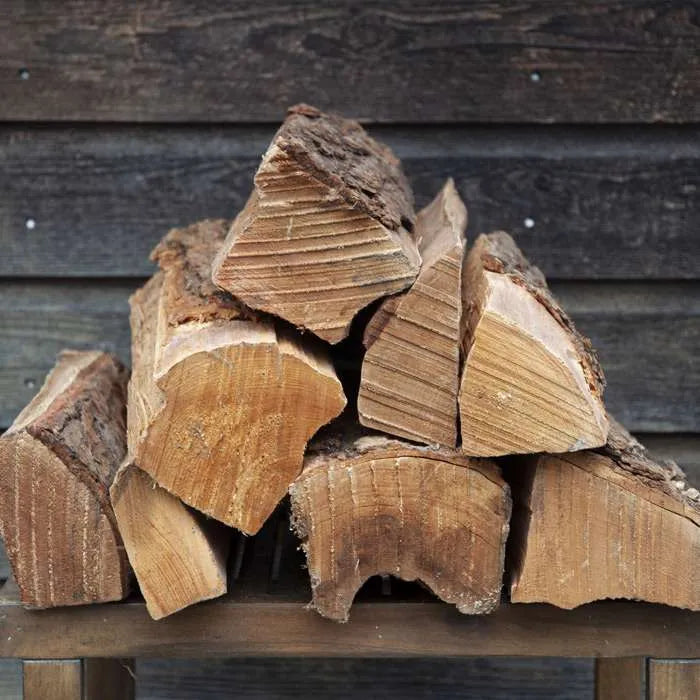There are sooooo many plants out there that have stop-in-your-tracks colorful flowers or vibrant leaves. Silver and chartreuse (a vivid yellow-green color) are real standouts in the garden all by themselves.
The secret to REALLY making your colorful flowers and plants “pop” is using dark foliage as a backdrop.
Here are just a few dark-foliage, accessorizing plants to look for:
Sweet Potato Vine
Sweet potato vine is an easy favorite and is a great “spiller” in pots and ground cover in beds. Its foliage comes in shades of bronze, brown, red, purple, and nearly black (as well as chartreuse and gold), and it's typically grown as an annual.
An annual in our area, the beautiful, fast-growing tender sweet potato vine is best planted in the spring once temperatures consistently stay about 50 degrees Fahrenheit.
- Mature Size 8-10 ft. long, 5-12 in. wide
- Sun Exposure Full sun
- Soil Type Moist, well-drained
- Soil pH Neutral to acidic
- Bloom Time Spring, summer
- Flower Color Rarely flower but may produce pink to purple-lavender
Heuchera, aka Coral Bells
Heuchera (or coral bells) is also popular and many consider it to be the perfect shade-garden plant. Its colored leaves come in just about every shade imaginable, some with marbled patterns, dramatic veining, silvery overlays, and ruffled edges. In fact, some leaves have different colors on the top and bottom!
Heucheras are typically a reliable perennial in zone 7. Keep them regularly watered during their first year of growth and after that, heucheras don’t require much care. You’ll want to divide heuchera clumps as they grow and get congested, or every three or four years.
The heuchera’s tiny flowers grow on long, thin spikes. Deadhead to promote more blooms, which may continue into summer. After the flowers are finished, simply cut off the stalks to help the plant put more energy into leaf production. If you wish, prune the foliage back in early spring, so new growth won’t be crowded.
- Mature Size mounding habit, growing 6-16 inches tall and 12-36 inches wide — flower spikes reach 1-3 feet tall
- Sun Exposure Partial Shade (full sun can cause leaf scorch)
- Soil Type Moist, well-drained
- Soil pH Neutral to acidic (check species preference)
- Bloom Time summer
- Flower Color typically same as their foliage
Ninebark
Ninebark, a deciduous shrub (related to spirea) that likes the cooler range of our temps, provides interest all year with its peely bark. Besides green, its leaves can be deep purple, burgundy, orange, or gold, offsetting pink or white flowers.
Ninebark, Physocarpus opulifolius, is not only a native species, it’s easy to care for! Do plant in full sun with plenty of space and good air circulation to avoid any leaf problems. It’s best left unpruned, except for removing any heavy old wood every few years or so. Avoid trimming it back, which will cause it to branch out and distract from its naturally elegant habit.
- Mature Size 6-12 feet
- Sun Exposure Sun
- Soil Type Moist, well-drained
- Soil pH Neutral to slightly acidic
- Bloom Time spring, blooms on old wood
- Flower Color white
Smokebush
Smoke bush, also known as smoke tree, is a deciduous multi-stemmed plant that can be grown as a large shrub or even smaller tree.
It has striking purple leaves and large, showy flower “puffs” that create a magical smoky effect when in bloom.
Probably the most common, "Royal Purple" has red-purple foliage that turns scarlet in the fall. You can count on these beauties for oval leaves, plenty of fall color, and frothy-pink clusters of summer blooms.
Smoke bush is easy to grow and doesn't require much maintenance. Pruning is not necessary, but if you do decide to give yours a good pruning — do it in the spring — and know that won't see its smoke-inspired puffs until the following season.
- Mature Size Depends on variety — 4 feet to 15 feet
- Sun Exposure Full Sun
- Soil Type Well-drained loam
- Soil pH Very tolerant to ranges from 3.7 to 6.8
- Bloom Time summer
- Flower Color pink (but really, it’s the seed pods that put on the show)
All of these can be planted in our garden zone 7A. Come see us here at the Garden Market for ways to create a more joyful and dramatic garden.









